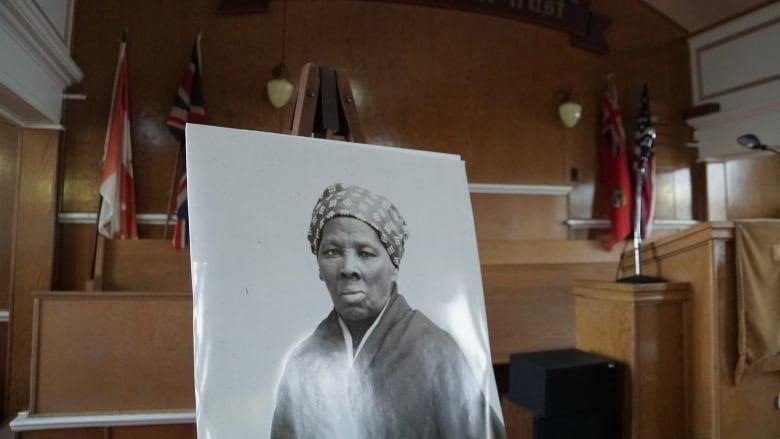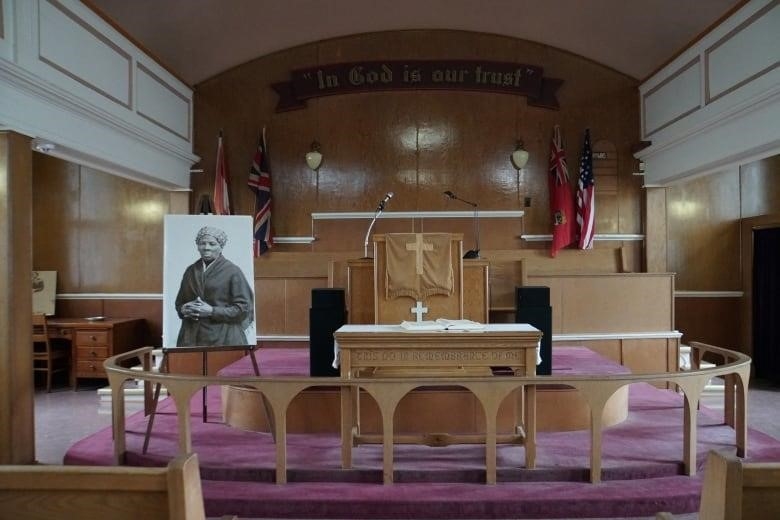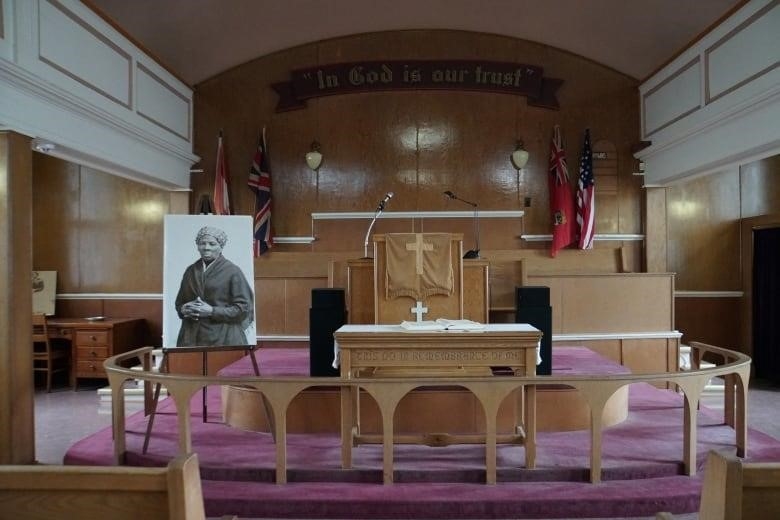
Black Canadians have thought of the church in St. Catharines, Ontario, as a special place for many years
Edward Roy Cassell Smith sometimes imagines that his ancestors were happy on the balcony of the Salem Chapel, where freed slaves came to worship for the first time almost 170 years ago.
Smith says that the small church in St. Catharines, Ont., was once home to abolitionist Harriet Tubman’s congregation. The church has been a special place for Black Canadians for many years, and renovations are almost done, so people will soon be able to learn about its history again.
Smith, a member of the church and a descendant of the freed Black people who prayed there, said, “This is where Black people celebrated.” “It’s an amazing feeling.”
The Salem Chapel British Methodist Episcopal Church is near the border and near a busy street in downtown St. Catharines. It was built in 1855 by slaves who used the Underground Railroad to get away from slavery. This was a network of secret routes with stops all over the United States and Canada.
Renovations on the building, which had to be put off because of the pandemic, are almost done. Church historian Rochelle Bush said that work on the floors, stairs, and windows will be done next month, and tours will start up again soon after that.
Bush said, “I would love for every Canadian to know about this chapel and the often-forgotten history of the Underground Railroad in Canada.”

When Tubman lived in St. Catharines from 1851 to 1862, she went to church there. After escaping slavery, she helped free dozens of other slaves.
Bush said that the city and the church were important places for people who had escaped slavery and moved to the area.
“Once you left the southern states in Canada, you traveled on foot, by carriage, or, most of the time, by train.” “You would cross the suspension bridge just north of Niagara Falls, and then you would get off at the depot in St. Catharines,” Bush said. “From there, you could either walk into town or pay to take a carriage into town.”
Bush said that one of her ancestors was the minister in charge of the Salem Chapel during the time that Tubman was going to dangerous southern states to bring freed slaves back to St. Catharines.

Since Canada’s Slavery Abolition Act went into effect in August 1834, the newcomers were considered free men and women in the north. About 30 years later, Abraham Lincoln signed the Emancipation Proclamation as president of the United States.
Bush said that people who ran the Underground Railroad, like Harriet Tubman, would tell the people who were trying to escape to go to the Salem Chapel. The people who lived near the chapel would then help the newcomers get settled, give them clothes and food, and help them find work.
Bush said that Tubman eventually brought her mom, dad, three brothers, and other family members to Canada. She said that the famous abolitionist’s family still lives in British Columbia.
Bush said that abolitionist Frederick Douglass stopped by the Salem Church several times when it was in the “Colored Village” neighborhood.
The church, which has room for about 200 people, has been facing a number of problems lately.
In 2021, a statue of Harriet Tubman at the church was kicked to the ground and broke. The church also told police about other acts of vandalism and hate crimes, such as racial slurs being spray-painted on the white walls outside the building.
In the same year, the government gave the church a grant of $100,000. Bush said that the church has been able to fix up parts of its building that were getting worse with the help of private donors and a GoFundMe campaign. Cameras and a fence were also put up to improve security.
As the building gets ready to be open to the public again, Smith and other church members want to raise its profile and get more money for future restoration projects.
Smith, a church volunteer, remembers his aunts fussing over whatever they were making in the chapel’s kitchen, setting up the tables, and yelling at him and his siblings to get out of there. “The church has always been there,” he said. “It’s where all the important things in our family took place.”
Bush said that when she thinks about the church’s history, she often sits alone in the building and thinks about the people who have been there over the years.
“I’ll go there at night, turn off all the lights, and try to imagine what it was like there in the 1850s. “There was no gas, no electricity, and nothing else,” she told me.
“The moon is the only light coming in through the windows.” Just imagine.”
